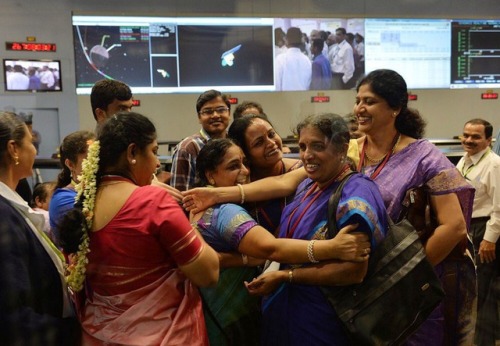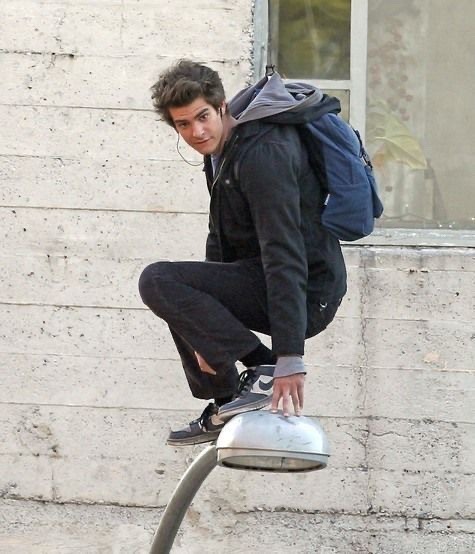For Diamonds Do Appear To Be, Just Like Broken Glass To Me

For diamonds do appear to be, just like broken glass to me
More Posts from Insertgeniuspunhere and Others


hidden figures vol. 2
So no one told you life was gonna be this way *Phantom of the Opera overture*

Stars Shine Darkly
people: avengers endgame was the most ambitious crossover event in history
buzzfeed unsolved:






The Mortal Instruments-City Of Glass







When British spidermans dangle from a wire >>> anything else
Eclipse Across America
August 21, 2017, the United States experienced a solar eclipse!

An eclipse occurs when the Moon temporarily blocks the light from the Sun. Within the narrow, 60- to 70-mile-wide band stretching from Oregon to South Carolina called the path of totality, the Moon completely blocked out the Sun’s face; elsewhere in North America, the Moon covered only a part of the star, leaving a crescent-shaped Sun visible in the sky.

During this exciting event, we were collecting your images and reactions online.
Here are a few images of this celestial event…take a look:

This composite image, made from 4 frames, shows the International Space Station, with a crew of six onboard, as it transits the Sun at roughly five miles per second during a partial solar eclipse from, Northern Cascades National Park in Washington. Onboard as part of Expedition 52 are: NASA astronauts Peggy Whitson, Jack Fischer, and Randy Bresnik; Russian cosmonauts Fyodor Yurchikhin and Sergey Ryazanskiy; and ESA (European Space Agency) astronaut Paolo Nespoli.
Credit: NASA/Bill Ingalls

The Bailey’s Beads effect is seen as the moon makes its final move over the sun during the total solar eclipse on Monday, August 21, 2017 above Madras, Oregon.
Credit: NASA/Aubrey Gemignani

This image from one of our Twitter followers shows the eclipse through tree leaves as crescent shaped shadows from Seattle, WA.
Credit: Logan Johnson

“The eclipse in the palm of my hand”. The eclipse is seen here through an indirect method, known as a pinhole projector, by one of our followers on social media from Arlington, TX.
Credit: Mark Schnyder

Through the lens on a pair of solar filter glasses, a social media follower captures the partial eclipse from Norridgewock, ME.
Credit: Mikayla Chase

While most of us watched the eclipse from Earth, six humans had the opportunity to view the event from 250 miles above on the International Space Station. European Space Agency (ESA) astronaut Paolo Nespoli captured this image of the Moon’s shadow crossing America.
Credit: Paolo Nespoli

This composite image shows the progression of a partial solar eclipse over Ross Lake, in Northern Cascades National Park, Washington. The beautiful series of the partially eclipsed sun shows the full spectrum of the event.
Credit: NASA/Bill Ingalls
In this video captured at 1,500 frames per second with a high-speed camera, the International Space Station, with a crew of six onboard, is seen in silhouette as it transits the sun at roughly five miles per second during a partial solar eclipse, Monday, Aug. 21, 2017 near Banner, Wyoming.
Credit: NASA/Joel Kowsky
To see more images from our NASA photographers, visit: https://www.flickr.com/photos/nasahqphoto/albums/72157685363271303
Make sure to follow us on Tumblr for your regular dose of space: http://nasa.tumblr.com
do emo shadowhunters wear white clothes?
Solar System: Things to Know This Week
The Quadrantid meteor shower peaked this morning. Here are some fun facts:

1. Where Is Quadrans Muralis?
The radiant of the Quadrantids lies in the demoted constellation Quadrans Muralis.

2. What Is a Mural Quadrant?
The Mural Quadrant is an angle measuring device mounted on or built into a wall. Quadrans Muralis appears on some 19th-century star atlases between Hercules, Boötes and Draco, and different astronomers changed the stars from time to time.

3. New Constellations
In the early 1920’s, the International Astronomical Union divided up the sky into official constellations for consistency in star naming. 88 constellations remained, but over 30 historical constellations, including Quadrans Muralis, didn’t make the cut.

4. Where Is It Now?
Most of the Quadrans Muralis stars are now within the boundaries of the official constellation Boötes, but the name of the meteor shower did not change.

5. Where Do Meteor Showers Come From?
Meteor showers are usually the residue that collects in the orbits of comets. Unlike most meteor showers’ parent bodies, the Quadrantids are associated with an asteroid—2003 EH1.
Discover the full list of 10 things to know about our solar system this week HERE.
Make sure to follow us on Tumblr for your regular dose of space: http://nasa.tumblr.com
-
 kindacreativishusername liked this · 7 years ago
kindacreativishusername liked this · 7 years ago -
 arcticalien-blog liked this · 7 years ago
arcticalien-blog liked this · 7 years ago -
 insertgeniuspunhere reblogged this · 7 years ago
insertgeniuspunhere reblogged this · 7 years ago
